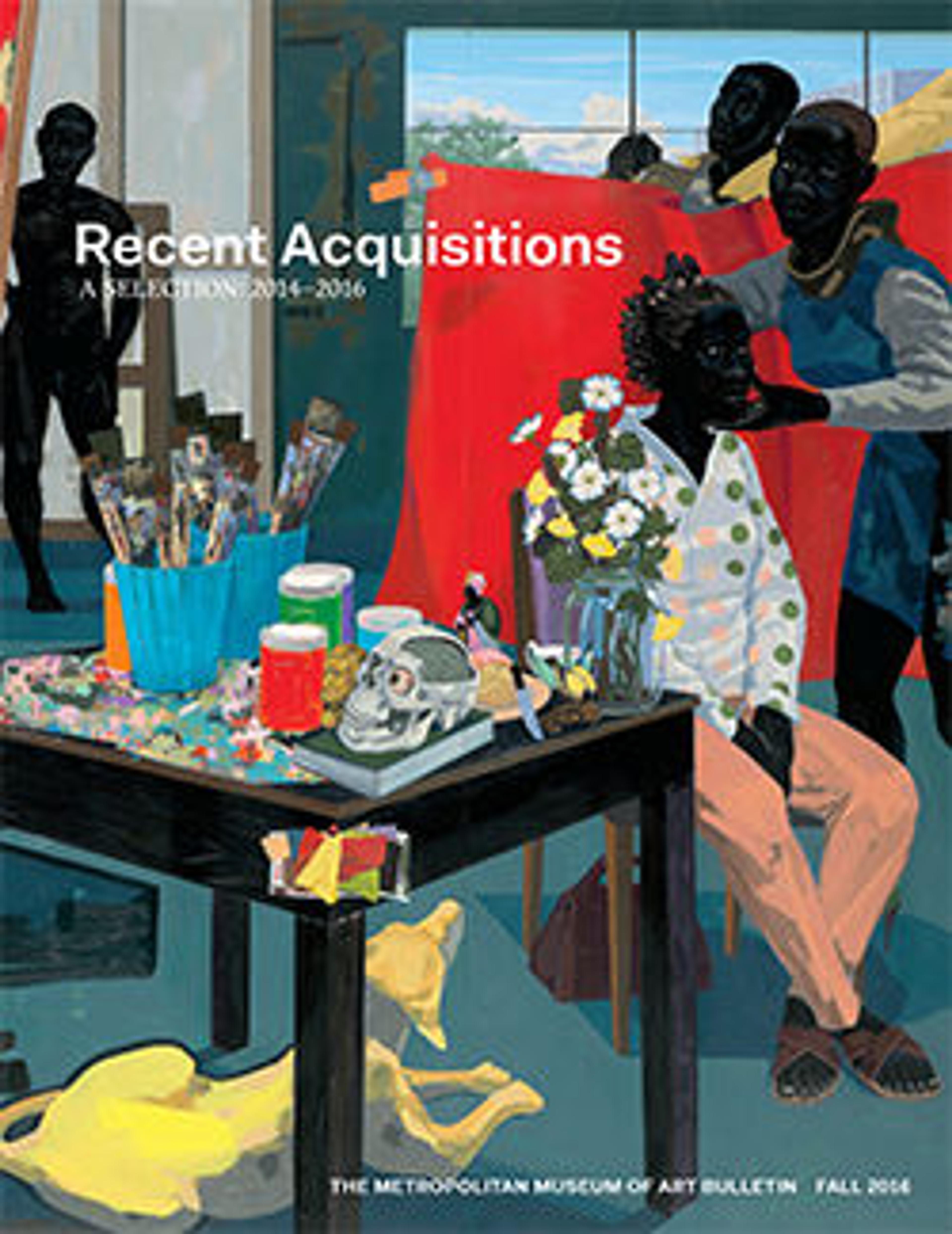Murrine Trasparenti, no. 3907
Between 1932 and 1947, Carlo Scarpa worked closely with Paolo Venini and other master glassblowers to pioneer techniques, silhouettes, and colors that thoroughly modernized the ancient traditions of the glass-making Venetian island Murano. New methods of surface decoration were invented and each vessel is named for the techniques employed in their making, emphasizing the fact that experimentation was crucial to producing such a dazzling array of visual and material effects.
Murrine Transparenti is a variation of one of the oldest techniques used in glass making, dating back to ancient Rome. Meaning "incision," thin glass rods are placed together to form a pre-designed image, usually of a floral or geometric design. The rods are then fused together before being formed into their final form. The crackle effect is obtained by successively cooling and reheating the glass rods before shaping. Scarpa’s series of clear glass murrine items were exhibited for the first time at the 22nd Venice Biennale in 1940. The technique adds great visual interest to otherwise commonplace glass forms and exemplifies the spirit of innovation that Venini glassworks undertook in exploring the history of glass working in their native land.
Murrine Transparenti is a variation of one of the oldest techniques used in glass making, dating back to ancient Rome. Meaning "incision," thin glass rods are placed together to form a pre-designed image, usually of a floral or geometric design. The rods are then fused together before being formed into their final form. The crackle effect is obtained by successively cooling and reheating the glass rods before shaping. Scarpa’s series of clear glass murrine items were exhibited for the first time at the 22nd Venice Biennale in 1940. The technique adds great visual interest to otherwise commonplace glass forms and exemplifies the spirit of innovation that Venini glassworks undertook in exploring the history of glass working in their native land.
Artwork Details
- Title: Murrine Trasparenti, no. 3907
- Artist: Carlo Scarpa (Italian, Venice 1906–1978 Sendai, Japan)
- Manufacturer: Venini & Co., Murano, Italy, established 1921
- Date: ca. 1940
- Medium: Glass
- Dimensions: 10 1/2 × 4 in., 2.1 lb. (26.7 × 10.2 cm, 1 kg)
- Classification: Glass
- Credit Line: Gift of Marie-Rose Kahane and David Landau, 2014
- Object Number: 2014.208.8
- Curatorial Department: Modern and Contemporary Art
More Artwork
Research Resources
The Met provides unparalleled resources for research and welcomes an international community of students and scholars. The Met's Open Access API is where creators and researchers can connect to the The Met collection. Open Access data and public domain images are available for unrestricted commercial and noncommercial use without permission or fee.
To request images under copyright and other restrictions, please use this Image Request form.
Feedback
We continue to research and examine historical and cultural context for objects in The Met collection. If you have comments or questions about this object record, please contact us using the form below. The Museum looks forward to receiving your comments.
